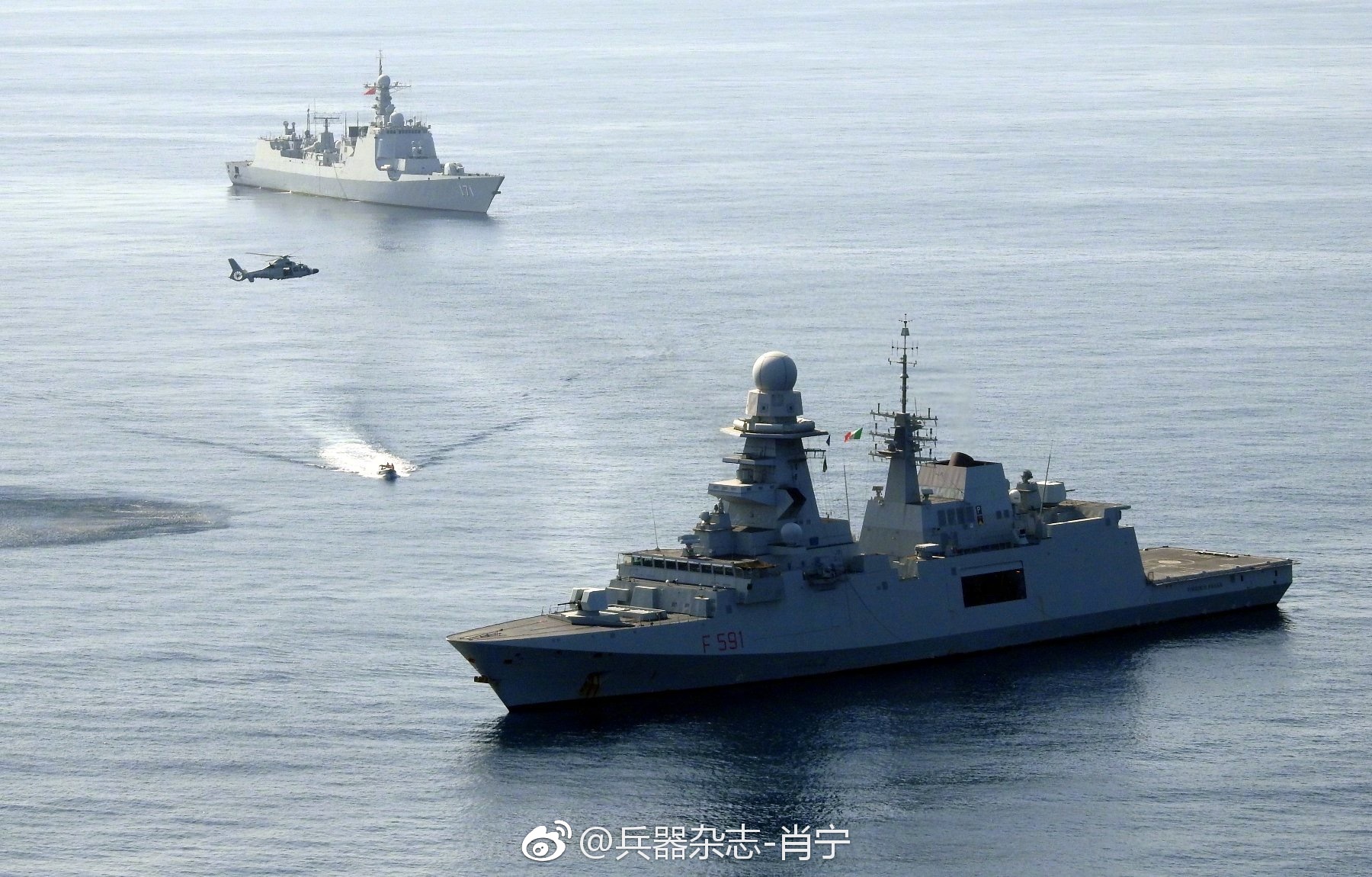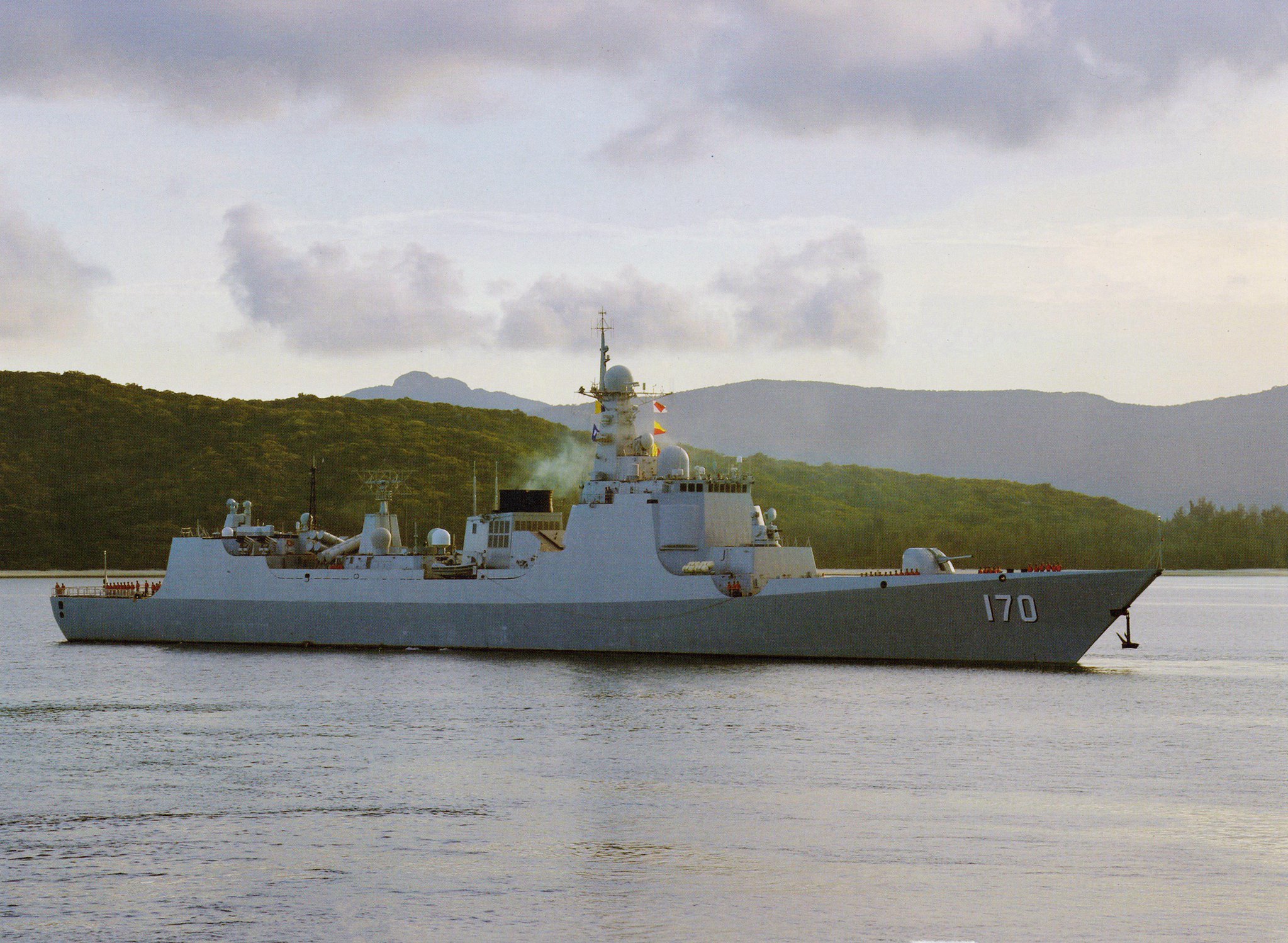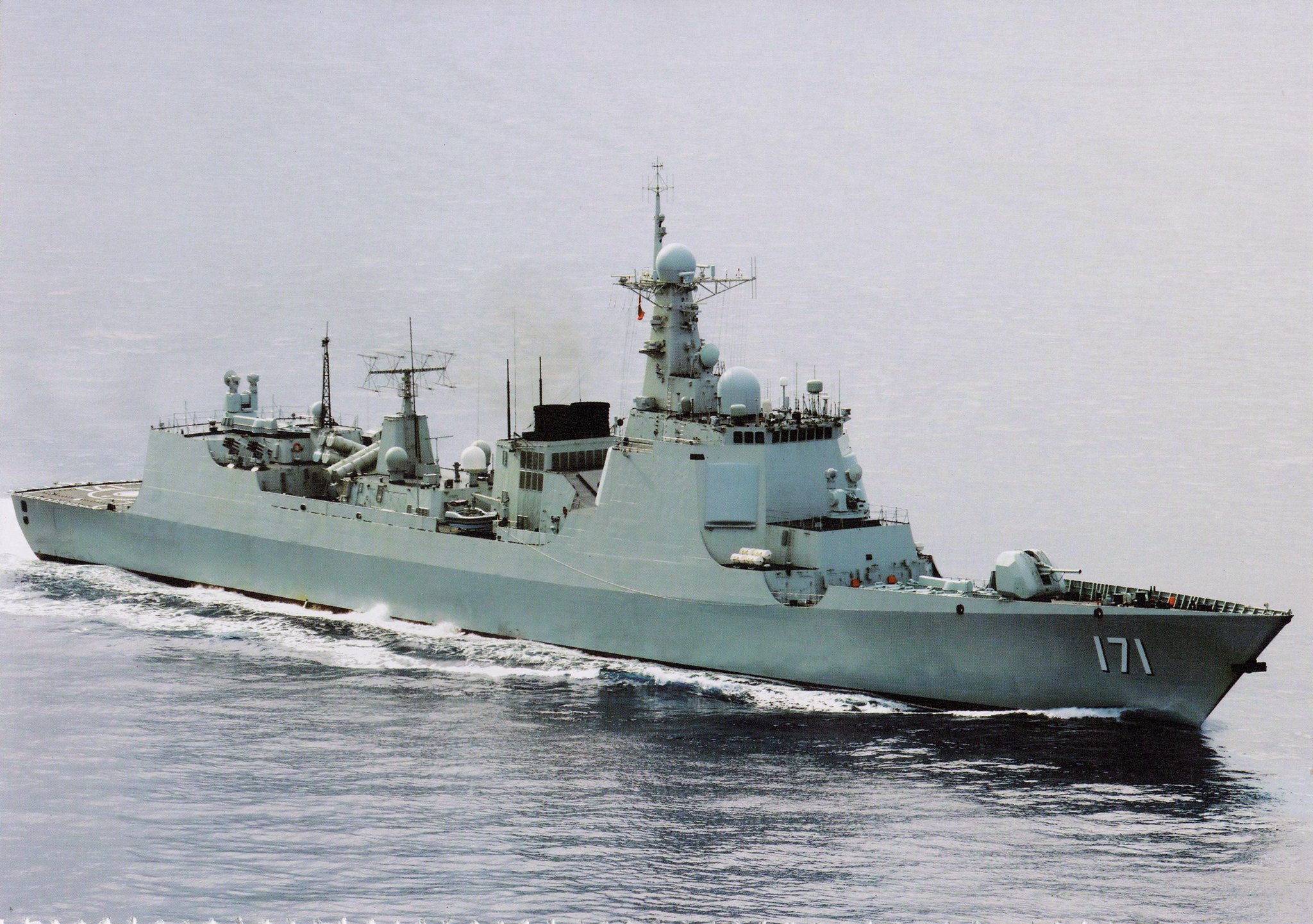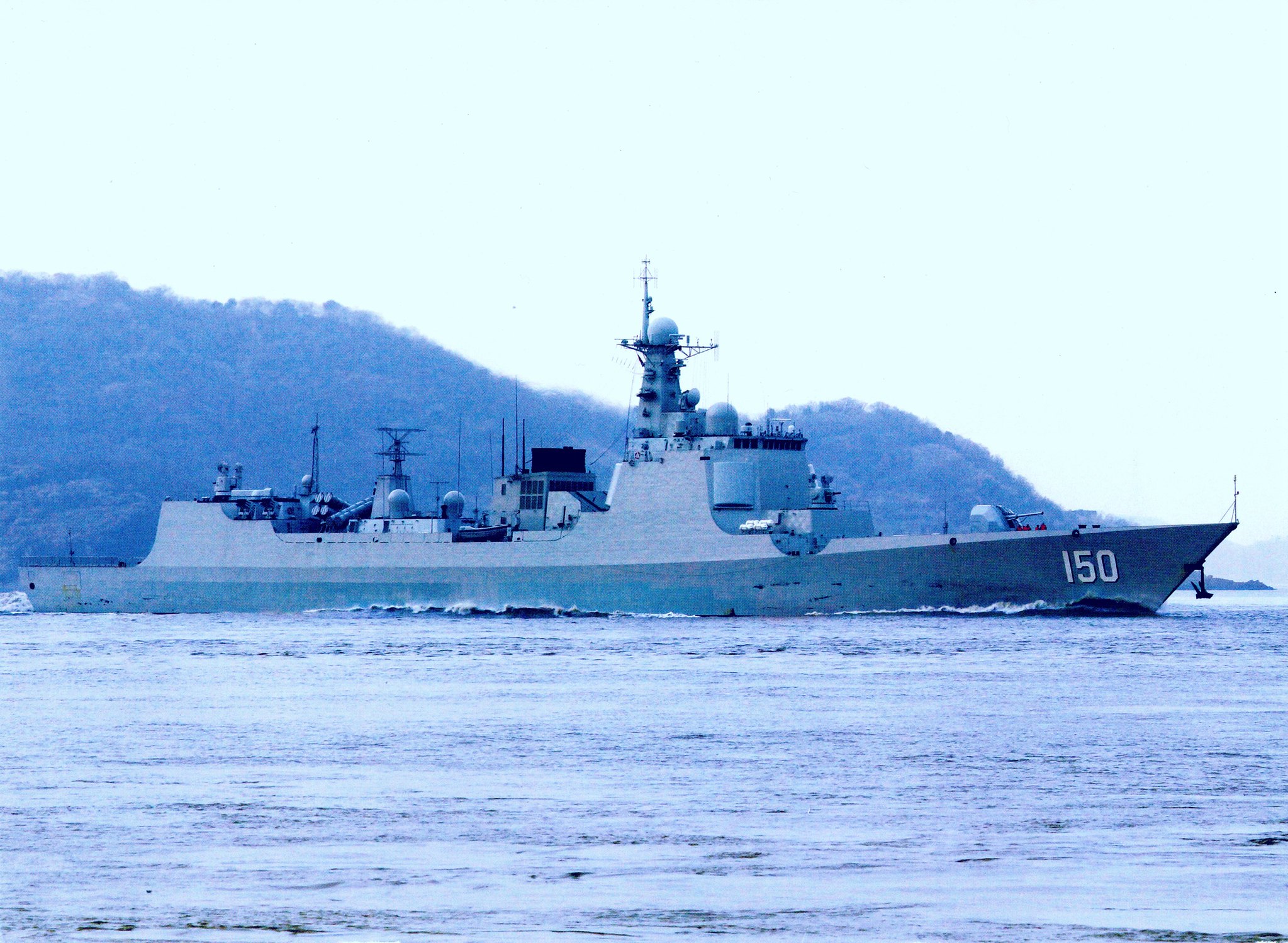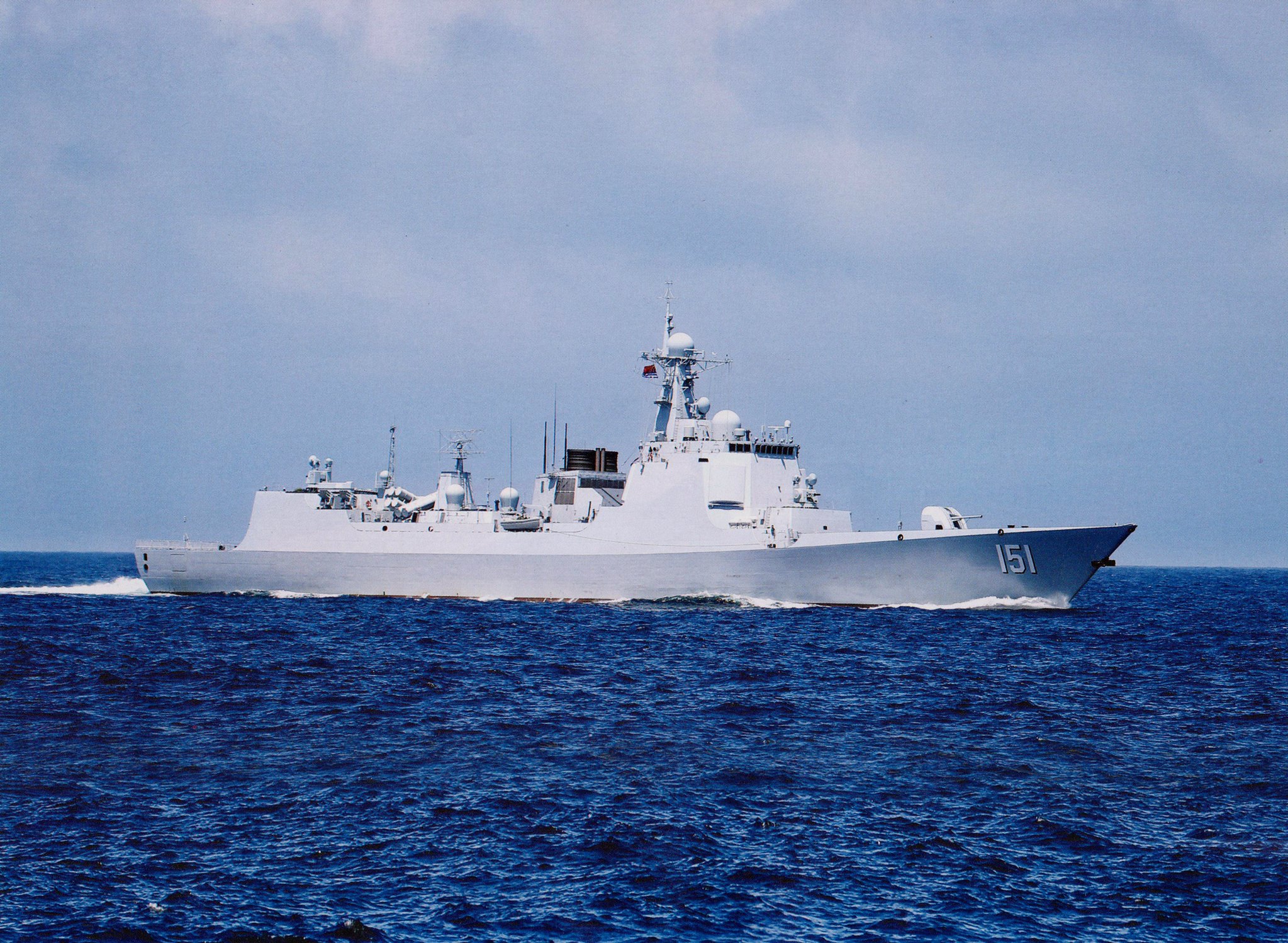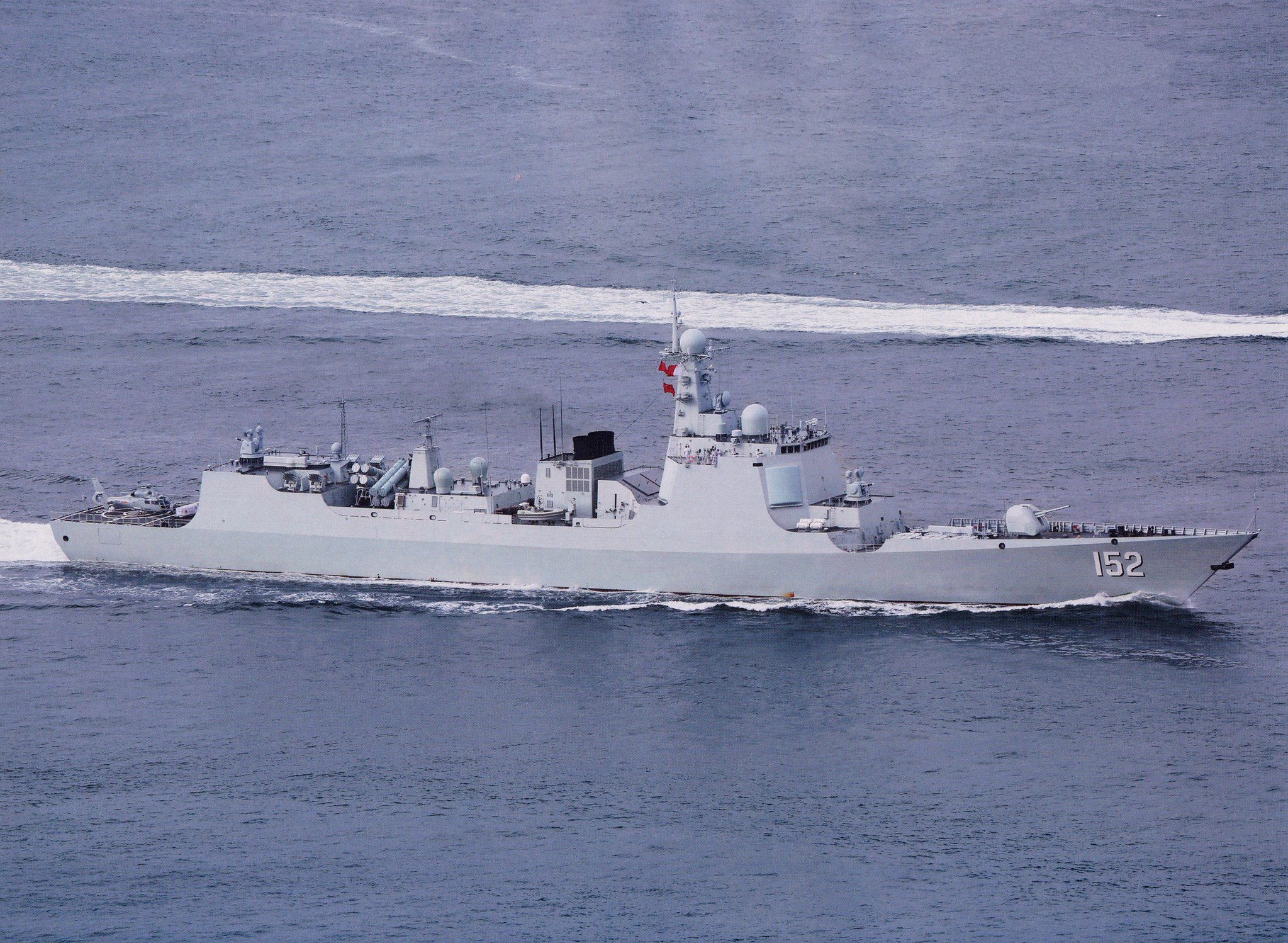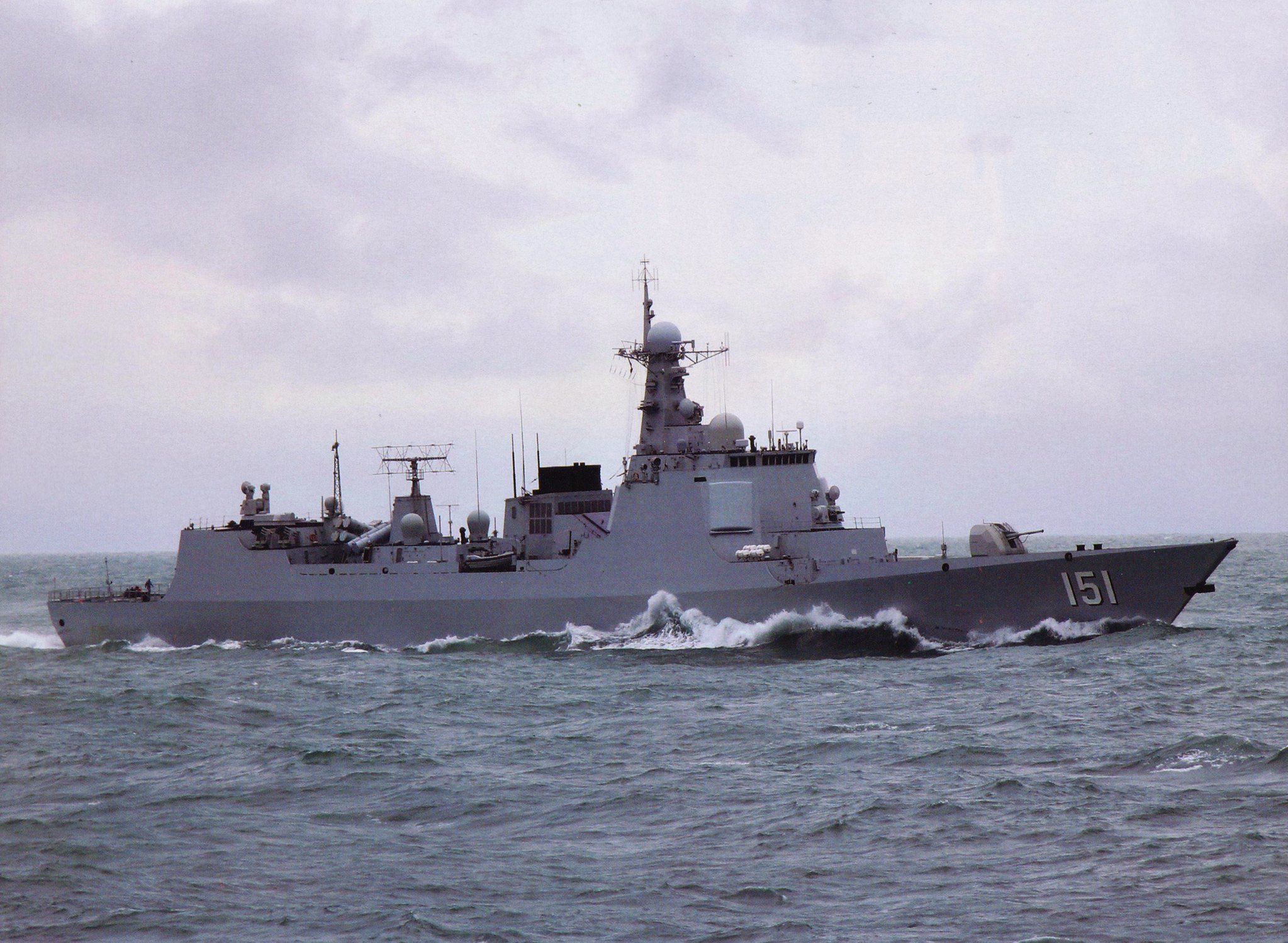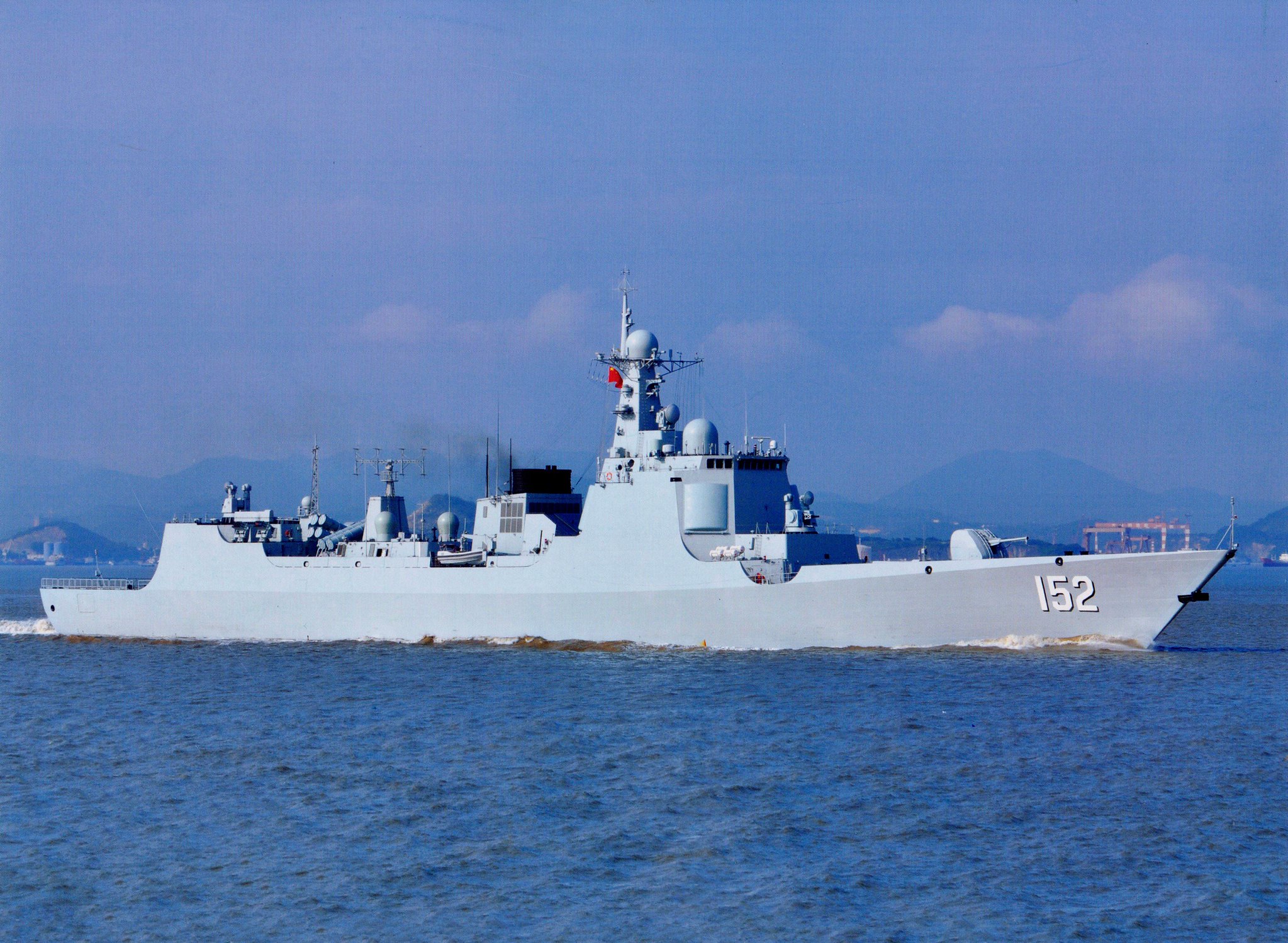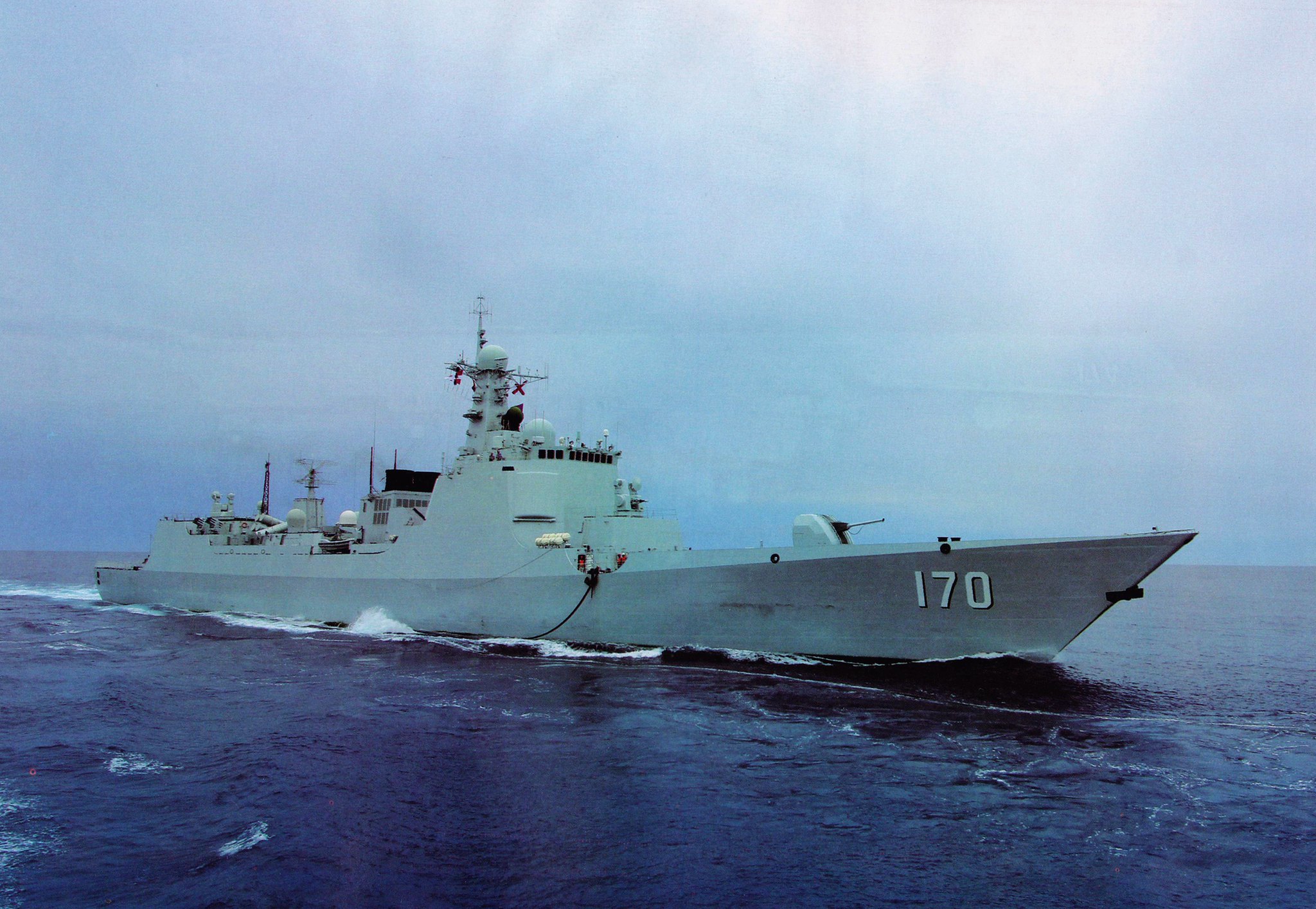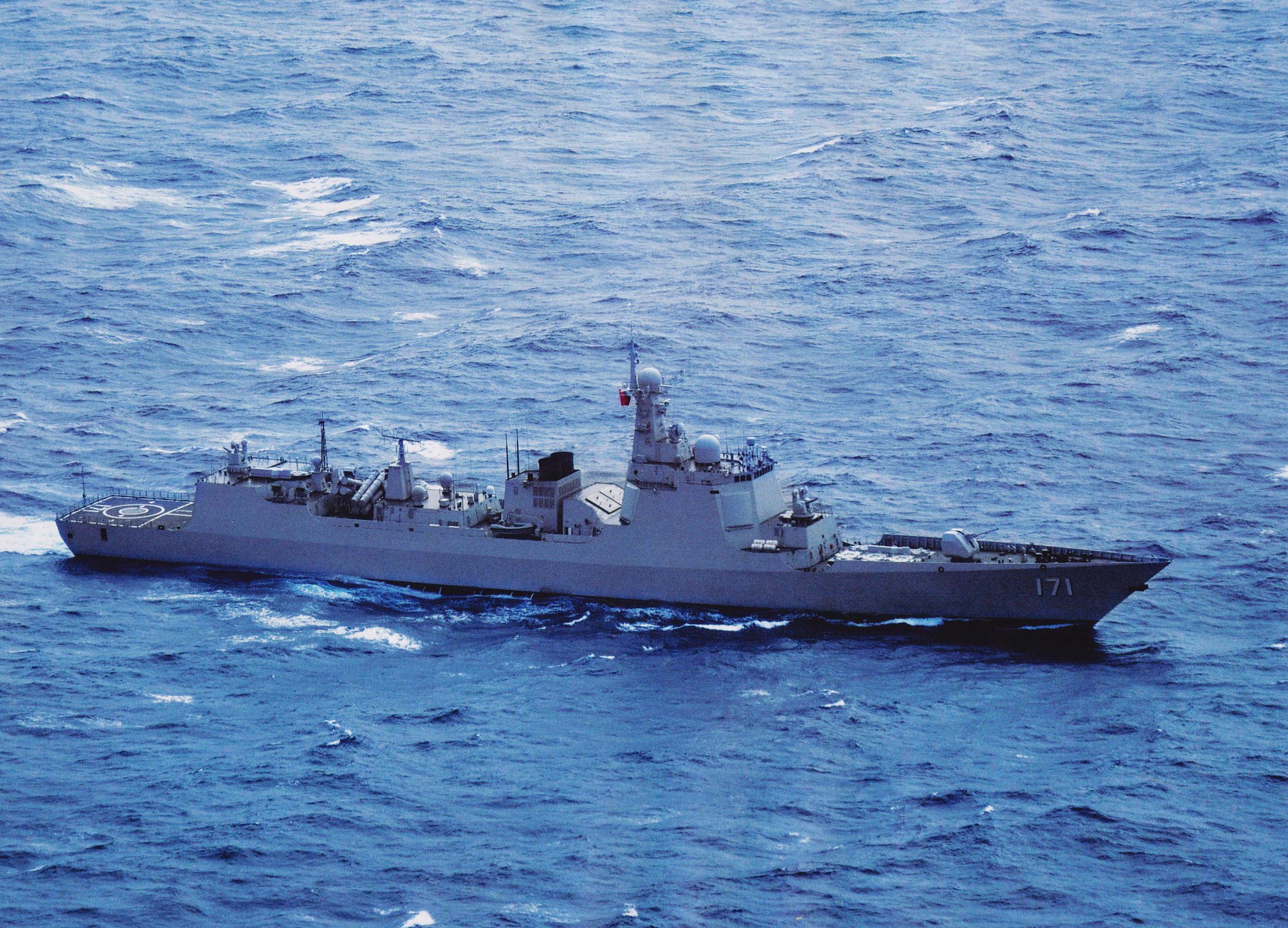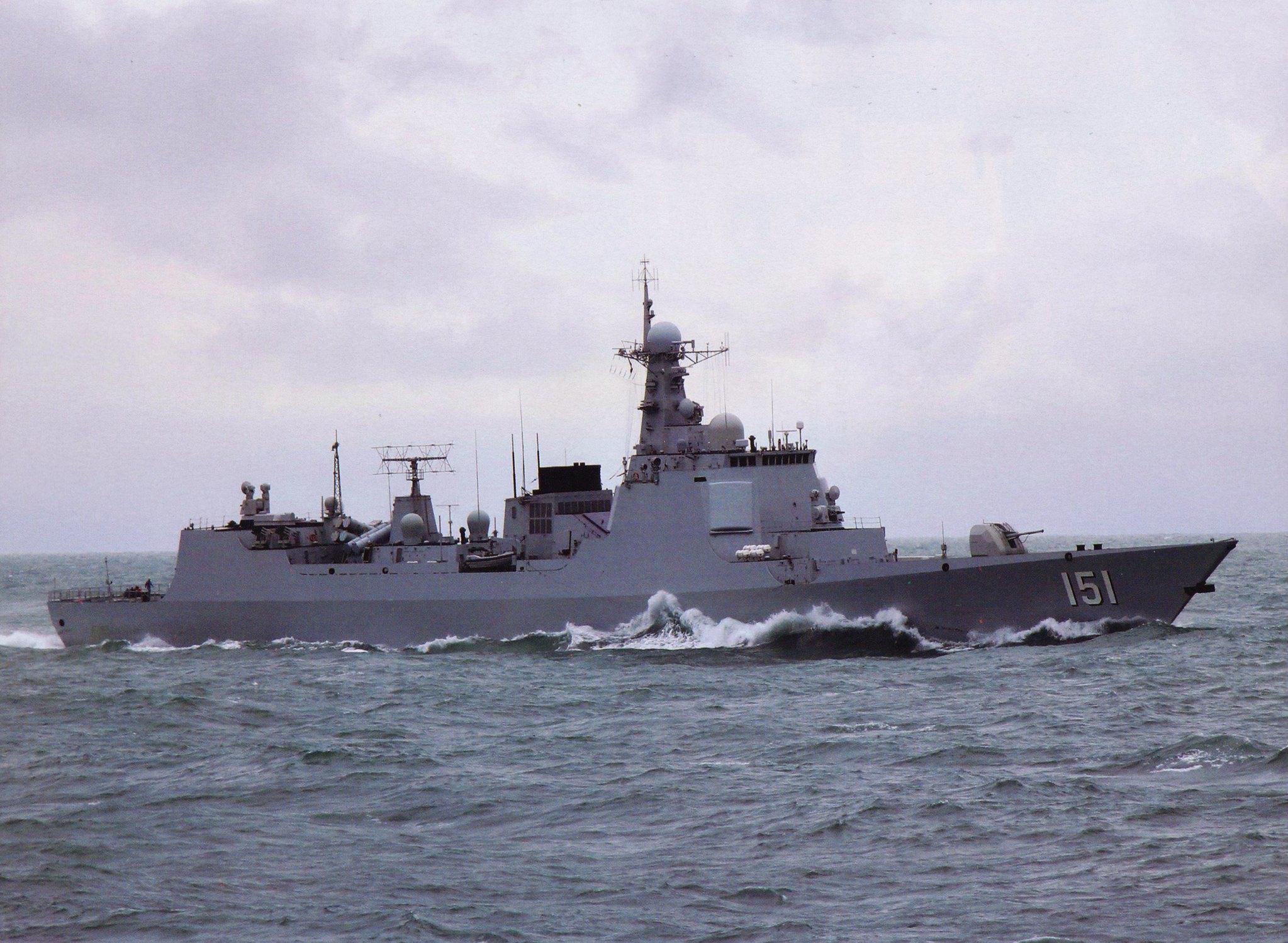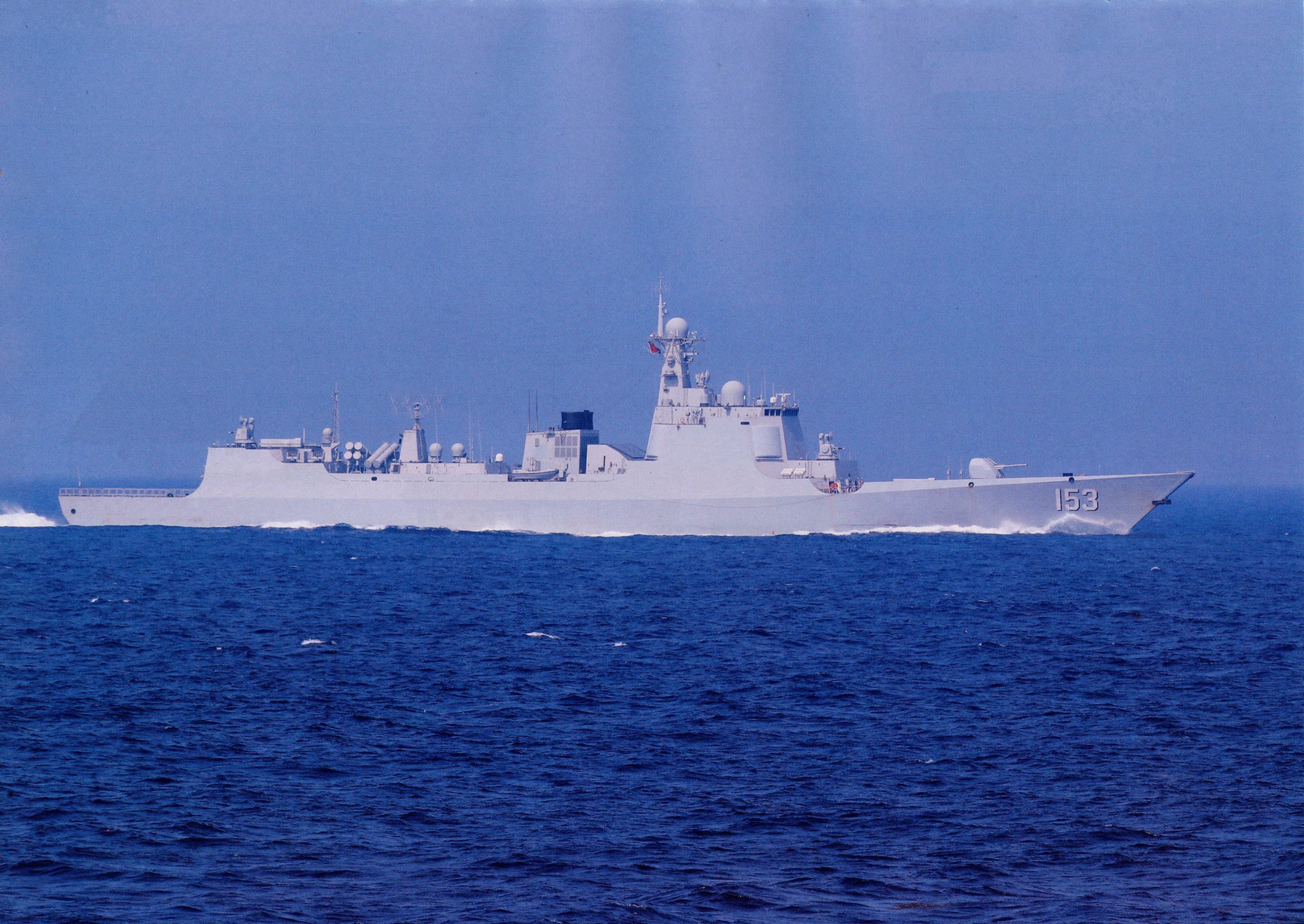That's because the story takes place in the early to mid 2000s, more than 10 years ago. Also, I don't think quad packed TRs were top tier products even back then.
What I was trying to establish is an upper bound for transmitted RF power on the assumption the radar is air cooled. Using the total antenna surface is not unreasonable, given that the panel also serves to transmit the heatload to a heatsink. Obviously, there will be hotspots around the power amps of TR elements and any real cooling solution needs to ensure that those don't exceed design thresholds. However, given that we know next to nothing on the actual panel composition we cannot even start making a model for that.
Therefore, a comparative study. I picked the AN/TPY-2 not because it's X-band, but because it's a high power AESA radar whose many operational parameters are publicly available. If you happen to have similar data on a S-band AESA, that would be even better. Perhaps we can apply a multiplicative factor to account for the fact that cooling an S-band is likely easier than X-band due to lower power density.
Using the total antenna area is incomplete, because the front part is only the surface area of one dimension, since you need to consider the total surface area of all three dimensions of the module. In fact, more cooling can be done and needs to be done on the middle or the back than on the front part, as this might place the module's amp. Another is that the modules transfer heat to the frame of the plank, and then the sub array frames. That's why the packaging is critical. And then the air can be cooled, and what temperature can the air be cooled and the environment can be thermostatically and variably be controlled. Each module can have heat sensors that can also switch the cooling systems on. We don't know about the efficiency of the cooling systems therein.
Last edited:




